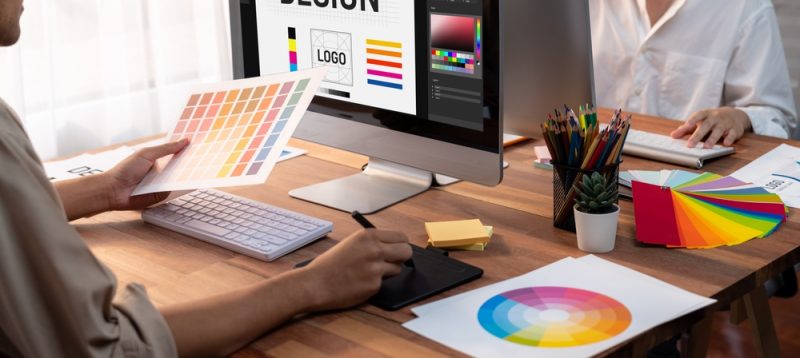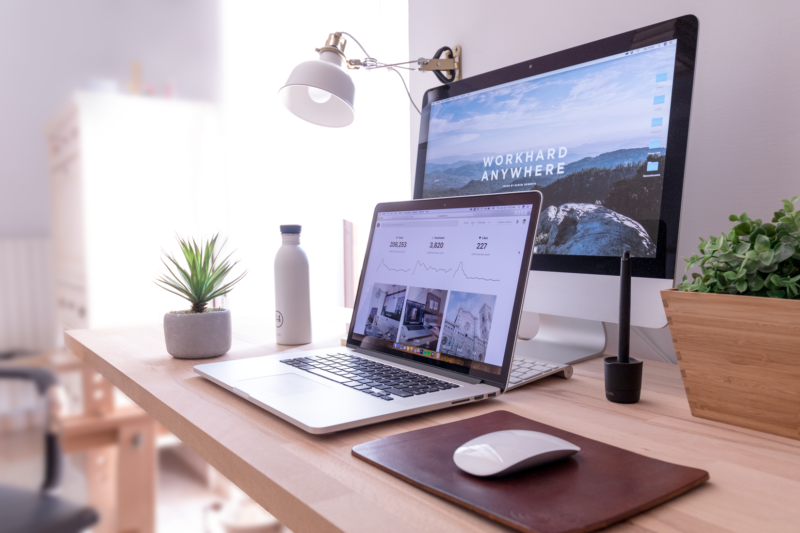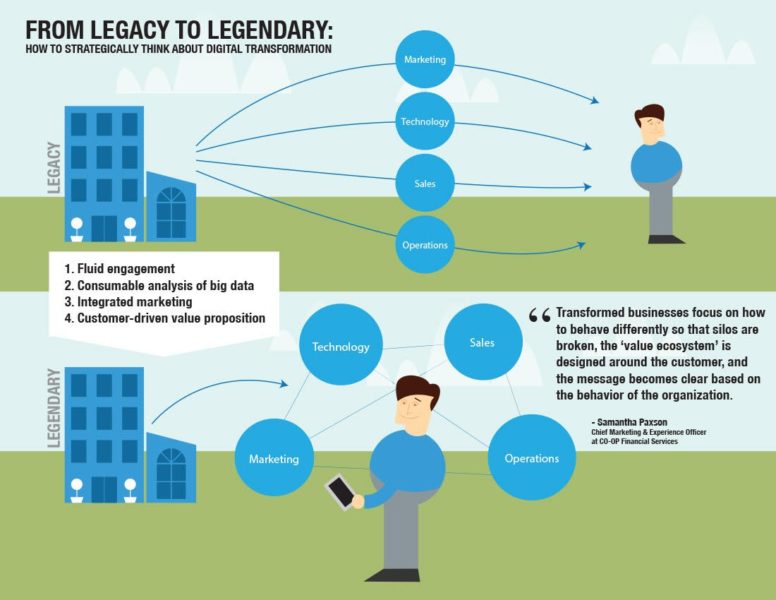Responsive Design
I think it was Bill Gates who said some years ago, “In the future there will be two kinds of companies. One with an effective website, and one with no business at all.”
Okay, so maybe it wasn’t Bill Gates, and maybe I totally paraphrased that “quote”. But you get the idea.
In web developer speak, a “Responsive design” is a website that is designed to change its layout, depending what device you view it on. In other words, it responds to its environment.
So, if you view a responsive website on a computer (laptop / PC) you’ll see it in its “normal” layout.





